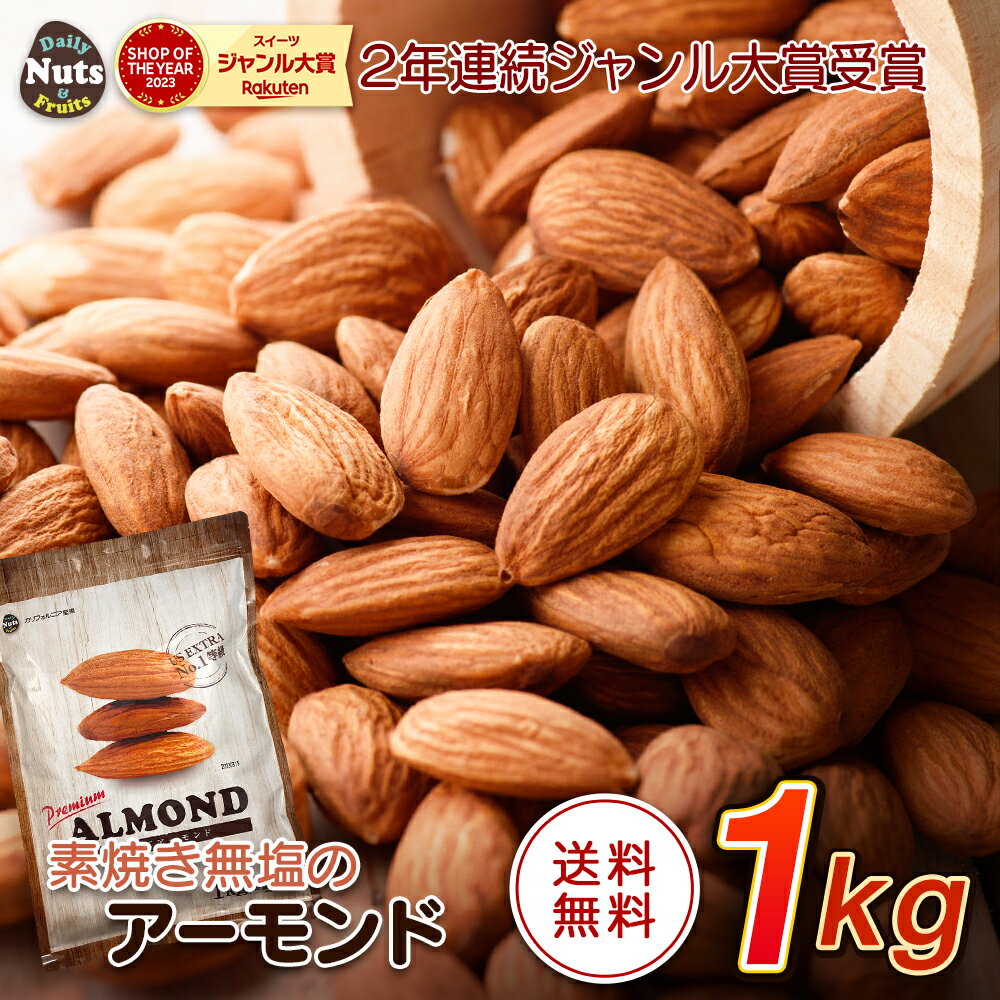論文No3798
Low-load blood flow restriction strength training in patients with COPD: a randomised single-blind pilot study (21 December, 2023)
Dario Kohlbrenner, Manuel Kuhn, Anastasios Manettas, Céline Aregger, Matthias Peterer, Nicola Greco, Noriane A Sievi, Christian Clarenbach
Thorax 2024;79:340-348.
<目的>
この研究の目的は、慢性閉塞性肺疾患(COPD)患者の下肢筋力に対する、外来肺リハビリテーションプログラムの一環としての下肢低負荷血流制限トレーニング(LL-BFRT)と高負荷筋力トレーニング(HL-ST)の有効性を比較することである。
<方法>
参加者は、LL-BFRTまたはHL-ST(24セッション)に無作為に割り付けられた。
LL-BFRTは70%の動脈閉塞圧で30%の1反復最大(1-RM)で行われた。
HL-STは70%の1RMで行った。
主要アウトカムは、膝伸筋と膝屈筋の等尺性筋力であった。
副次的アウトカムは、1-RM、機能的運動能力、身体活動、症状負担、健康関連QOLであった。
呼吸困難と下肢疲労の認知は、すべての運動後に記録した。
t検定で群間比較を行った。
<結果>
30名(女性13名、男性17名、64(9)歳、1秒間の強制呼気量47(18)%)が参加し、24名が研究を完了した。
等尺性膝伸展筋力は、両群とも両脚で臨床的に意義のある程度まで改善した
(LL-BFRT:右脚9(20)Nm、左脚10(18)Nm;HL-ST:右脚15(26)Nm、左脚16(30)Nm、データは平均値(SD))が、統計的に有意な差や臨床的に意義のある群間差はみられなかった
(右脚平均差=-6.4、95%CI=-13.20~25.92Nm、左脚平均差=-5.6、95%CI=-15.44~26.55Nm)。
1分間座位-立位テストの成績は、LL-BFRT群でのみ臨床的に妥当な程度まで改善した(反復回数4(4) vs 1(5))。
興味深いことに、身体活動は、LL-BFRT群でのみ臨床的に適切な程度まで改善した
(1506(2441)歩 vs -182(1971)歩/日)。
LL-BFRTは、初期12回のトレーニングにおいて、HL-STと比較して、
自覚的な運動時呼吸困難を低下させ、脚疲労を増加させた。
<結論>
外来で肺リハビリテーションを受けている安定したCOPD患者において、
LL-BFRTはHL-STよりも脚筋力の改善において優れていなかった。
LL-BFRTは、HL-STと同程度の筋力向上をもたらす一方で、初期トレーニング段階における呼吸困難の認識を減少させた。
試験登録番号NCT0415177
DeepL.com(無料版)で翻訳しました。
Objective The objective of this study is to compare the effectiveness of lower limb low-load blood flow restriction training (LL-BFRT) with high-load strength training (HL-ST) as part of an outpatient pulmonary rehabilitation programme on leg strength in patients with chronic obstructive pulmonary disease (COPD).
Methods Participants were randomised to LL-BFRT or HL-ST (24 sessions). LL-BFRT was done at 30% 1-repetition maximum (1-RM) with 70% arterial occlusion pressure. HL-ST was done at 70% 1-RM. Primary outcome was isometric strength of knee extensors and flexors. Secondary outcomes were 1-RM, functional exercise capacity, physical activity, symptom burden and health-related quality of life. Perceptions of dyspnoea and leg fatigue were recorded after every exercise. We compared groups with t-tests.
Results We included 30 participants (13 women, 17 men, 64 (9) years, forced expiratory volume in 1 s 47 (18)% pred.), 24 completed the study. Isometric knee extensor strength improved to a clinically relevant degree in both legs in both groups (LL-BFRT: right leg 9 (20) Nm, left leg 10 (18) Nm; HL-ST: right leg 15 (26) Nm, left leg 16 (30) Nm, data are mean (SD)), without statistically significant or clinically relevant between-group differences (right leg mean difference= −6.4, 95% CI= −13.20 to 25.92 Nm, left leg mean difference= −5.6, 95% CI= −15.44 to 26.55 Nm). 1 min sit-to-stand test performance improved to a clinically relevant degree only in the LL-BFRT group (4 (4) vs 1 (5) repetitions). Interestingly, physical activity improved to a clinically relevant degree only in the LL-BFRT group (1506 (2441) vs −182 (1971) steps/day). LL-BFRT lowered perceived in-exercise dyspnoea and increased leg fatigue compared with HL-ST in the initial 12 trainings.
Conclusion In patients with stable COPD undergoing outpatient pulmonary rehabilitation, LL-BFRT was not superior to HL-ST in improving leg strength. LL-BFRT led to similar strength gains as HL-ST while reducing perceptions of dyspnoea in the initial training phase.
Trial registration number NCT04151771.


